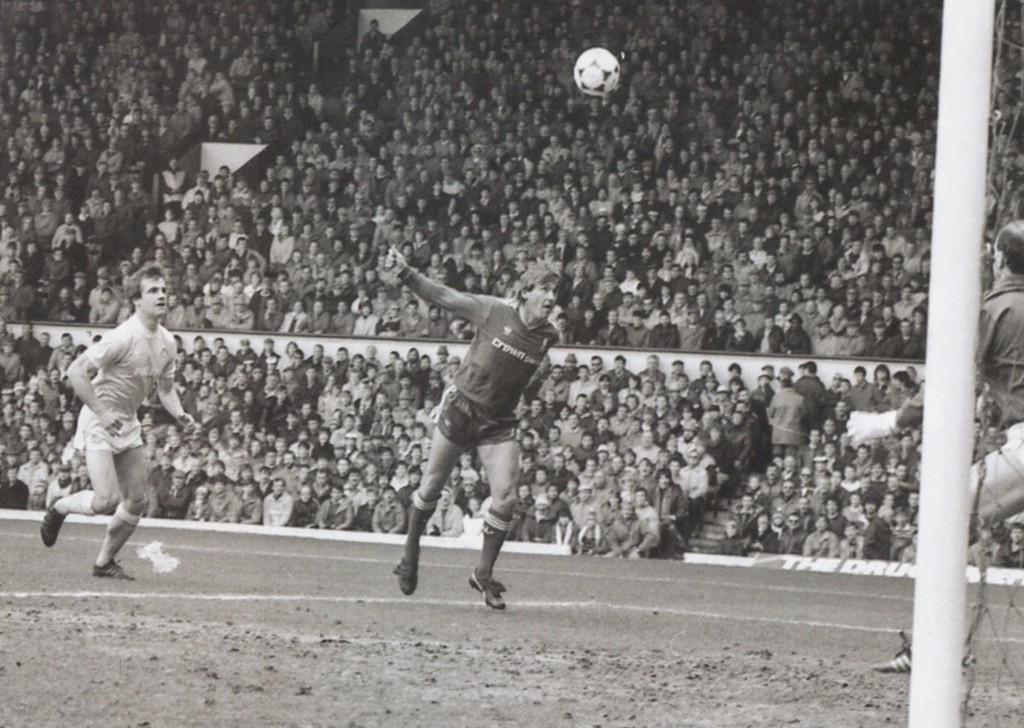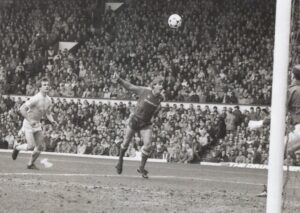
Manchester City v Aston Villa – 31st December 1977: A Historic Match from the Past

The match between Manchester City and Aston Villa on the 31st of December, 1977, remains etched in the minds of football fans, especially those loyal to City. Played at Maine Road in Manchester, it was a pivotal game in what was a transitional season for Manchester City, a club in the midst of redefining itself after the highs of the 1970s.
This encounter, filled with drama, passion, and the promise of exciting football, was a reflection of both clubs’ ambitions and set the stage for what would follow in English football during the late 1970s.
Background and Context: A Transitional Time for City
By the end of 1977, Manchester City’s place in English football was in flux. Having been one of the dominant forces in the late 1960s and early 1970s, with a league title, FA Cup, League Cup, and European Cup Winners’ Cup under their belts, City was now a club facing rebuilding challenges. Under the management of Tony Book, the team was trying to find consistency after the departure of key players like Colin Bell and the fluctuating performances from the likes of Francis Lee and Mike Summerbee.
City’s performances throughout the 1977-78 season were a mixture of highs and lows.
By December, they were sitting mid-table in the First Division, not near the relegation zone but also far from challenging for the league title. The squad featured several promising young players, including future stars such as a young Steve Daley and the hard-working Dennis Tueart, but it was clear that they needed to push on if they were to return to the elite ranks of English football.
Aston Villa, on the other hand, had begun to emerge as one of the most promising teams in the country under the stewardship of manager Ron Saunders. They were on the verge of greatness, and their 1977-78 season was one of building a squad that would go on to achieve great success in the following years. Villa was coming into the game with solid form, and while they weren’t near the top of the table at that point, their upward trajectory was becoming increasingly evident. The presence of players like Andy Gray, Des Bremner, and the experienced goalkeeper Jimmy Rimmer made them a formidable side.
The 31st December 1977 Match: A New Year’s Eve Classic
The match itself, played on New Year’s Eve, was eagerly anticipated. The festive season was always a busy time for English football, with matches coming thick and fast, and fans were ready for another chapter in the rivalry between two well-established clubs.
With the game taking place at Maine Road, City had the home advantage, but Villa was no pushover.
First Half: A Game of Tactical Battles
The first half began with a measured pace, as both teams were cautious not to overcommit. Villa’s defense, marshaled by the likes of the ever-reliable Kenny Swain and the tough-tackling Colin Gibson, kept City’s attackers at bay.
On the other side, City’s defense, led by the experienced Dave Watson and the agile Gary Owen, matched Villa’s offensive threat, though they were often under pressure from the dynamic Gray and the tricky Peter Withe.
The match seemed evenly balanced in the opening 45 minutes, with both teams creating opportunities, but no breakthrough.
City’s midfield, led by the energetic Willie Donachie, and Villa’s midfield, with the disciplined Des Bremner, were engaged in a tight battle for control, making it difficult for either side to dictate the game entirely. Despite the attacking flair of players like Tueart for City and Gray for Villa, neither side could find the right pass in the final third.
At the break, the score remained 0-0, and it was clear that both sides would need to raise their level to break the deadlock in the second half.
Second Half: The Drama Unfolds
As the second half kicked off, the game began to open up. The intensity increased, and both teams pushed forward with more conviction. The turning point of the match came in the 65th minute when City found the breakthrough. A perfectly executed corner kick from the ever-accurate Tony Book found its way to the head of Dennis Tueart, who rose above the Villa defenders to power the ball past Jimmy Rimmer into the net.
The Maine Road crowd erupted in joy as the home side took the lead.
However, Villa wasn’t about to give up easily. Saunders’ side responded with a wave of pressure and soon began to dominate possession, creating several chances.
It was Andy Gray, a player who would go on to make a significant impact in English football in the coming years, who played a crucial role. In the 74th minute, Gray latched onto a cross from Swain and headed the ball past City goalkeeper Joe Corrigan to equalize. Gray’s goal was a product of great timing and positioning, and it was a well-deserved equalizer for Villa, who had been pushing for the goal.
With the game now tied 1-1, both teams sensed the possibility of a win, and the final 15 minutes saw an all-out attacking display from both sides. City’s attempts to retake the lead came close, with both Daley and Summerbee seeing shots blocked or saved. On the other end, Villa continued to probe, with Gray and Withe testing Corrigan on several occasions.
The Final Whistle: A Hard-Fought Draw
As the match entered its final minutes, the energy was palpable, and the stakes were high for both teams. However, despite numerous chances from both sides, neither team could find a winner.
The match ended in a 1-1 draw, which, while disappointing for the home fans, was a fair reflection of the competitive nature of the encounter.
The result left Manchester City still struggling in mid-table, but the draw was not without its positives. They had shown resilience against a team that was on the rise, and the performance of players like Tueart, who had scored City’s goal, was a highlight. For Villa, the draw kept them in a respectable position, but it also reinforced their need for consistency if they were to push for higher league positions.
Aftermath and Impact: The Larger Picture
Though the 1-1 draw didn’t have any immediate title implications for either side, the game played an important role in shaping the future of both clubs. For Manchester City, the 1977-78 season would end without a major trophy, but they were building towards a stronger side in the coming years. Players like Tueart, Daley, and the emerging young talent would be crucial to the club’s recovery.
For Aston Villa, the 1977-78 season marked the beginning of an era of success. They would go on to win the league title in the 1980-81 season and reach even greater heights, culminating in their European Cup victory in 1982. The draw against City showed that Villa was a team with the resilience to compete with the best, and they would become a dominant force in English football over the next few years.
Legacy: A Classic of Its Time
The Manchester City vs. Aston Villa match on 31st December 1977 remains a classic in the history of both clubs. It was a game filled with tactical nuance, moments of individual brilliance, and a fair share of drama. The result, a 1-1 draw, was a fitting reflection of the balance between two teams striving for greatness in their own right.
For City fans, the game represented a snapshot of the challenges and excitement of the late 1970s, as the club sought to rediscover its former glory. For Villa fans, the match was a reminder of their club’s ambition and determination as they prepared to establish themselves as one of the top clubs in England in the years to come.
Decades later, the game still resonates as an important moment in the history of both clubs and a reminder of how football during the late 1970s laid the groundwork for the successes and challenges of the 1980s.
Leave a Reply